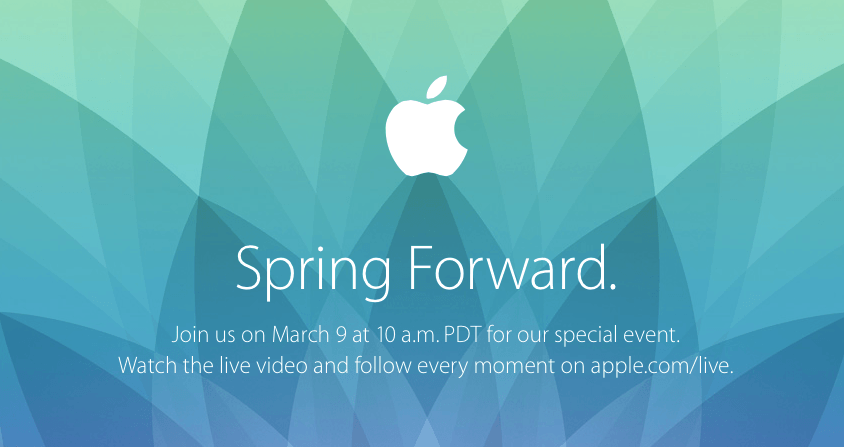Facebook’s mobile prototyping tool, Origami, has been updated to version 2.0 with plenty of new features that include code export, Sketch integration, and an iOS app. Called Origami Live and available for free on the App Store, Origami Live lets designers try prototypes in real time on iOS devices with interactions and animations.
Facebook’s Brandon Walkin writes on Medium:
Origami Live has changed how we design products at Facebook. It lets us interact with our prototypes on an iPhone or iPad while we edit them live. We can quickly try new ideas — using multitouch, device sensors, etc. — and fine-tune them with ease, without writing any code. Then we hand over our device to team members or users and have them try out a high-fidelity prototype that looks and feels like a final product.
And about the new presentation mode in Origami 2.0:
You’re able to go into full screen, show off your prototype in a phone with a hand and a touch point in front of beautiful backgrounds — like a mountain top, subway station, or even a Beyoncé concert. Personally, I’m fond of the one where you’re using your phone on a canoe (but somehow also paddling?). This gets presented all while you’re controlling the prototype with an iPhone or iPad running Origami Live or with your trackpad. If you want to show someone a multitouch or phone rotation interaction, they can use it on the device and the screen will be mirrored live on the TV to the rest of the room so others can see what’s going on.
You can check out Origami here and browse the new examples here.


